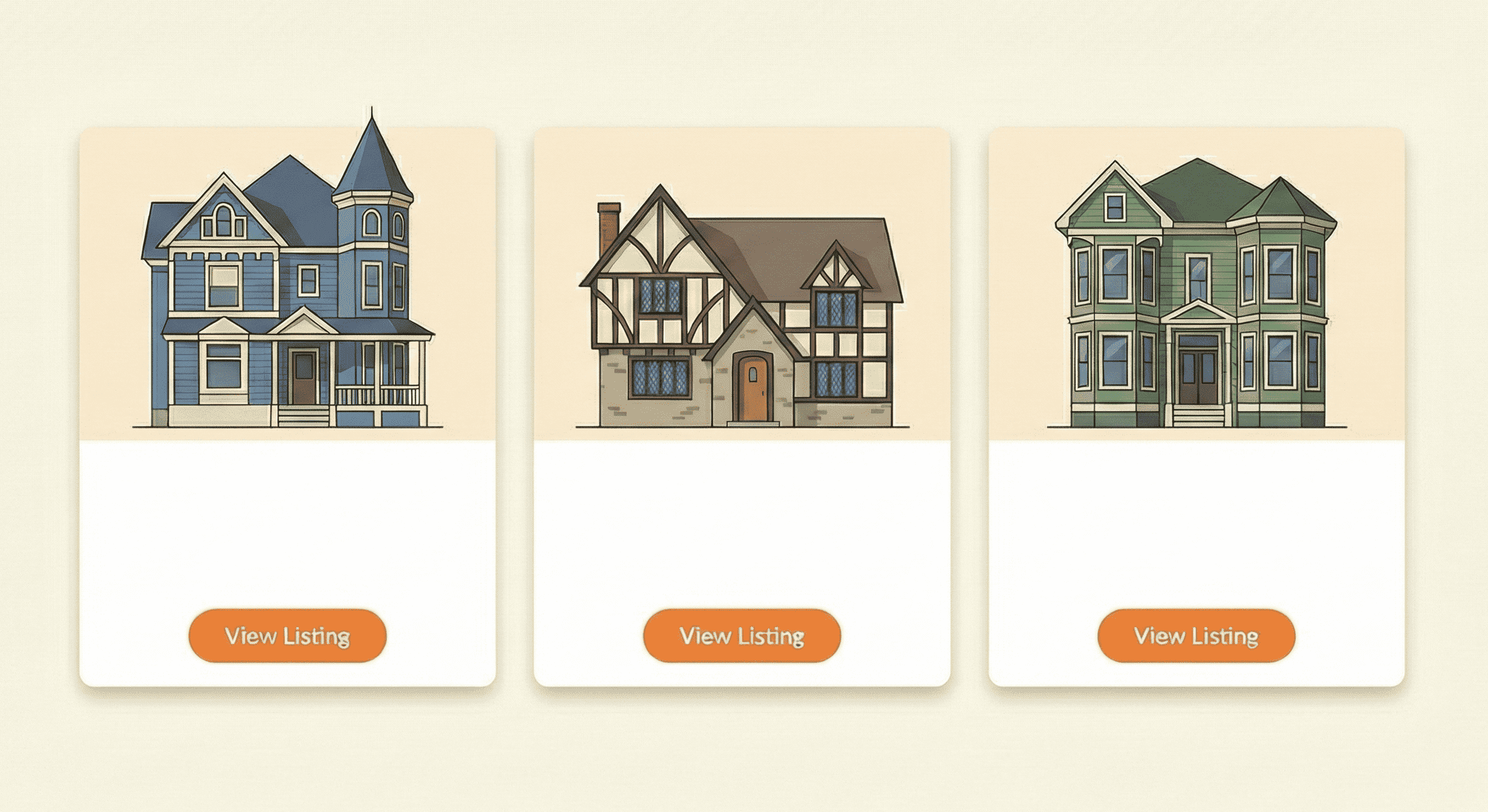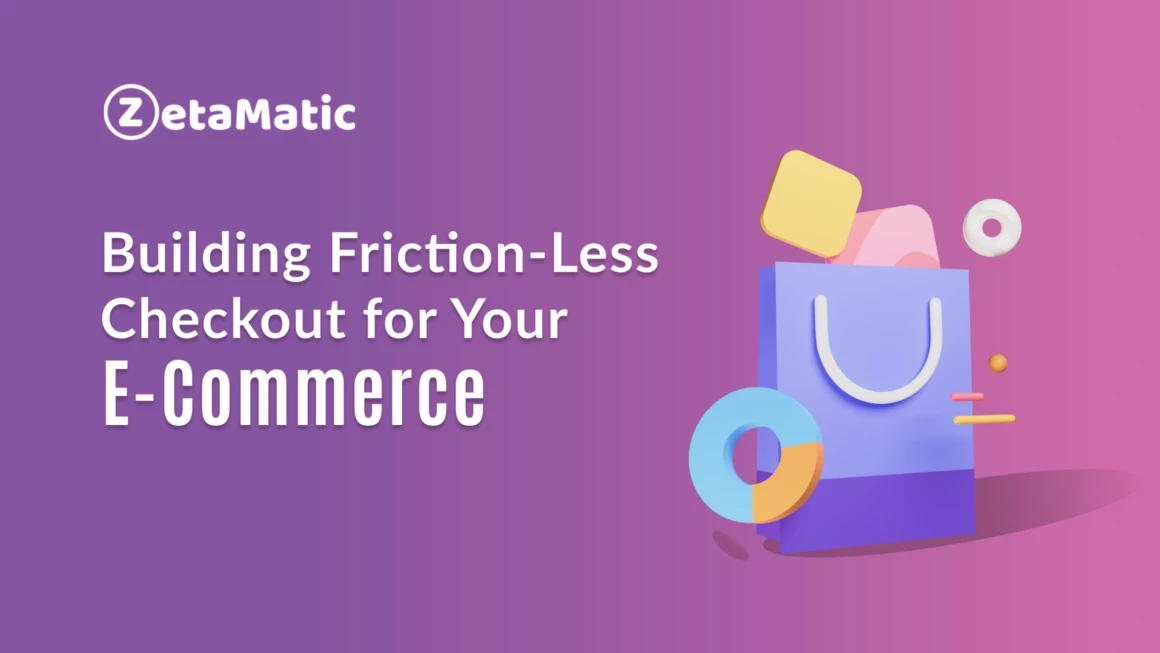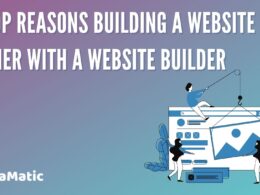Building a checkout process that customers love is something every e-commerce struggles with. However, there are many ways to make your checkout faster, easier, and more pleasurable for your customers.
In this article, we would look at building an amazing checkout process that all your customers will love to use.
What Does the Checkout Process Look Like?
When a potential customer is found to arrive at the payment page it is found that it is then that they have already decided upon to buy or purchase. There is a whole lot of process and journey involved which begins from user’s awareness to interest, followed by desire and final purchase. If on any one of its steps there arises failure that means there is a loss of sale.
A typical checkout process generally looks like this flow:
1. Product page
2. Shopping cart page
3. Reviewing items
4. Billing as well as shipping information
5. Payment information
6. Order confirmation
It is essential to see what makes the customers abandon their respective shopping carts.
Price: The majority of customers abandon their carts because the price is higher than expected.
Create an account: In most cases, the customers are made to create an account to buy any item or product.
No free shipping: Many customers don’t end up purchasing since they don’t qualify for free shipping due to small orders.
Payment issues: A lack of payment methods is one of the reasons why customers abandon their carts.
Building Frictionless Checkout for Your E-commerce

1. Create a Mobile-Friendly Checkout Experience
It is a simple, cost-effective way to build frictionless checkout for your e-commerce business. It allows users to check out with just a few taps, rather than filling out many forms or typing in passwords. You can also reduce abandonment rates by making it easy for customers to complete their purchases when they’ve already started the checkout process.
2. Improve Technical Performance
This requires small code changes, but the result will make everything easier for customers. It would also improve the user experience overall. You need to always be on the lookout for ways to build frictionless checkout for your visitors. As a result of this, you will be able to increase conversions and get more customers.
3. Ensure a Speedier Checkout
It’s important to make sure that your customers can find their orders quickly and easily. If they have trouble finding the products they want while trying to navigate the site, it would be harder for them to complete the checkout process.
Also, make sure that your checkout experience is as easy and streamlined as possible for your customers. If you have too many steps, customers may get frustrated and leave without completing their purchase.
4. Use What Customers Already Trust
When it comes to online shopping, people have very strong feelings about their purchases. They want products to arrive quickly and safely. They also want them to be delivered in good condition along with accurate descriptions of each product. They don’t want to have to go through more than one step of the process—they’d rather skip all that stuff altogether.
5. Monitor Analytics to Optimize Conversion
Monitoring your analytics is a great way to improve the user experience of your e-commerce. You can use the data to identify what works and what doesn’t work when it comes to how customers are interacting with your website. You can also use it to make changes that will improve the site’s overall performance.
Try to choose an analytics platform that has built-in tools for analyzing key metrics such as conversion rates and bounce rates. This would help you identify where users are having issues with your website.
6. Clutter-Free Checkout
Clutter-Free Checkout makes it easy for your customers to find, select and purchase the products they want on your website. Make sure the customer can see their order as soon as possible, even if they have to scroll down or go through some other action first. Reduce wait times by offering customers many options at once. This means using big images that show off all available products at once (instead of just one product per page. You can also have a quick signup process that allows you to create new accounts in seconds. Try to have a responsive design that works across all devices including mobile phones and tablets.
7. Offer the Right Types of Payment
If your checkout process involves filling out forms then it’s likely that many users will not complete the purchase process. To address this issue, you need to include some sort of confirmation mechanism. This way the users know they are making an informed decision before they submit their data. This could be as simple as displaying a message saying “This is not final” or “Please enter your payment information.”
Another way to reduce friction is by using the same payment method across all platforms. For example, if you offer PayPal as a payment option then people will be more likely to use it if there are no extra steps required.
Conclusion
Identifying friction points in your checkout for your customer satisfaction is very important. It is also important to increase your revenue. This is what would convert your visitors into customers. Follow the above-mentioned tips and find a convenient frictionless checkout for your e-commerce.
If you found this post useful, then please take a moment to share it on social media. Subscribe to our YouTube channel for videos related to WordPress plugins and themes. Follow us on Facebook and Twitter for more updates!
You may also like:
10 Best Elements You Should Have On Your E-Commerce
15 Must-Have WordPress Plugins for Business Websites in 2022








